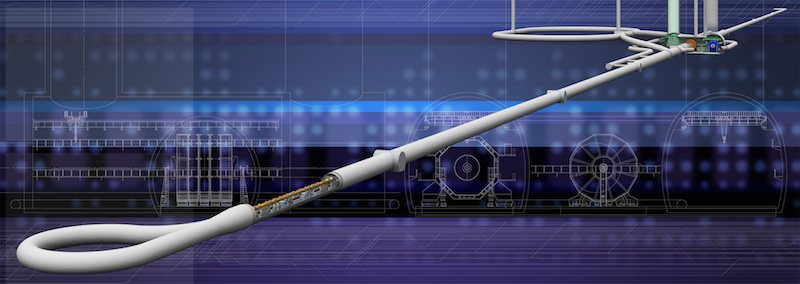WP3 - Linear collider targeted R&D
WP3 is based on the ILC Technical Design Report and the chosen Japanese site, and addresses site-specific optimisation of the design and implementation. An international ILC preparation team is being set up, including key roles for around ten European accelerator scientists. Visits of these scientists to Japan will be mandatory. The main objective for this work-package is to develop the site-specific design for ILC in Japan, and a project implementation plan involving European participation at an appropriate level.
E-JADE provides, by extended secondment of accelerator science experts, a new integrated approach to fulfilling the common objectives for these projects. A similar approach has been used for large detector systems but this is a novel approach for accelerator projects. The secondments are planned year by year, and the main goals of the visits are linked to the milestones and deliverables of the work-packages. The preparation and documentation of the visits will be prepared, approved and stored in EDMS.
WP3 Tasks
Task 3.1: EDMS (CERN, DESY & KEK): Develop the scheme for an internationally accessible EDMS, which complements the Japan-specific engineering efforts and builds on European experience with large-scale projects. The Machine and Detector Integration and SRF activities will act as starting points.
Task 3.2: Machine and Detector Integration (CERN, CNRS, DESY & UOXF): Refine the description of the ILC Machine-Detector Interface to include the site-specific requirements while still meeting the demanding performance goals at high luminosity. Integrate the current detector assembly and installation plans with the conditions at the Iwate site. This also includes the required detector infrastructure and services.
Task 3.3: SRF (CERN, CEA, DESY &KEK): Optimise the SRF production procedures for use at the ILC and define integration procedures for the multiply-sourced cavities.
Task 3.4: LC Optimisation: (CERN, CNRS, DESY & KEK): A high-intensity positron source is an important component of any LC. Positron polarisation is highly desirable and integral part of such a source. A common platform for CLIC and ILC has already been established which allows progress in this area. – There is a long-standing collaboration between Europe and KEK on development and testing of 12 GHz copper RF structures for use at a CLIC-based LC.
Task 3.5: Detector-related R&D and physics studies for the ILC: This task focuses on physics studies for detector optimisation, taking into account the site-specific conditions at the ILC Kitakami site. Further topics pursued are the implications of beam-beam interactions and polarization on both ILC detectors and physics impact. One of the questions being raised during ILC reviews was the impact of ILC machine and detector design on the discovery potential of the ILC, and there is now intense collaboration on this subject funded by E-JADE.
Organisation
CERN, CEA, CNRS, DESY, UOXF, KEK, VINCA, TAU, AGH and UPS contribute to this workpackage. The coordinator is Marcel Stanitzki (DESY).
